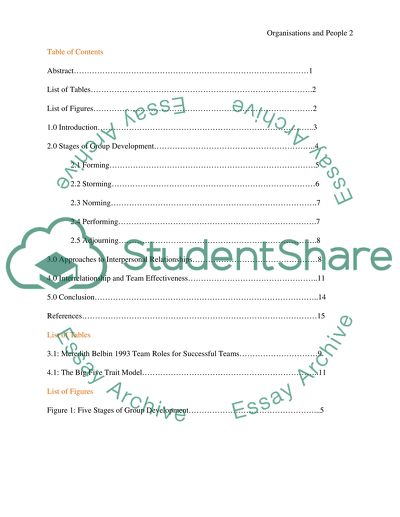Cite this document
(“Group work is very essential in organisations for improving Essay”, n.d.)
Group work is very essential in organisations for improving Essay. Retrieved from https://studentshare.org/finance-accounting/1403070-organisations-and-people
Group work is very essential in organisations for improving Essay. Retrieved from https://studentshare.org/finance-accounting/1403070-organisations-and-people
(Group Work Is Very Essential in Organisations for Improving Essay)
Group Work Is Very Essential in Organisations for Improving Essay. https://studentshare.org/finance-accounting/1403070-organisations-and-people.
Group Work Is Very Essential in Organisations for Improving Essay. https://studentshare.org/finance-accounting/1403070-organisations-and-people.
“Group Work Is Very Essential in Organisations for Improving Essay”, n.d. https://studentshare.org/finance-accounting/1403070-organisations-and-people.


